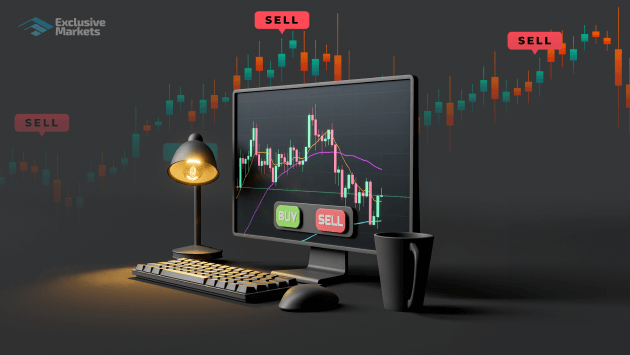
The Ultimate Guide to Forex Trading Online
Forex trading online has become increasingly popular in recent years, enabling traders from all over the world to participate in the global currency markets. Whether you are a beginner seeking foundational knowledge or a seasoned trader looking for advanced strategies, this guide will help you navigate the complexities of online Forex trading. For additional resources and insights, you might also consider visiting forex trading online exbroker-turkiye.com.
What is Forex Trading?
Forex, or foreign exchange, is the process of buying and selling currencies on the global market with the aim of making a profit. The Forex market is the largest financial market in the world, with a daily trading volume exceeding $6 trillion. Unlike stock markets, the Forex market operates 24 hours a day, five days a week, making it accessible for traders worldwide.
How Does Forex Trading Work?
Forex trading occurs in currency pairs, such as EUR/USD (the Euro against the US Dollar) or GBP/JPY (the British Pound against the Japanese Yen). When you trade a currency pair, you are buying one currency while simultaneously selling another. The goal is to predict the price movement of the currency pair accurately. If you believe the base currency (the first currency in the pair) will strengthen against the quote currency (the second currency), you would buy the pair. Conversely, if you believe the base currency will weaken, you would sell the pair.

Key Terminology in Forex Trading
To fully grasp Forex trading, it’s essential to understand commonly used terms. Here are a few key concepts:
- Pip: Short for “percentage in point,” a pip represents the smallest price move that a given exchange rate can make based on market convention.
- Lot: A standard unit of measure for trading. A standard lot is typically 100,000 units of currency, while mini and micro lots are 10,000 and 1,000 units, respectively.
- Leverage: A tool that allows traders to control a larger position than their current margin would allow, effectively amplifying potential returns and losses.
- Spread: The difference between the bid price and the ask price of a currency pair. It represents the broker’s profit from the trade.
Types of Forex Trading Strategies
Successful Forex trading heavily relies on a solid trading strategy. Here are several common strategies employed by traders:
- Scalping: Involves making numerous trades throughout the day to capture small price movements. This strategy requires quick decision-making and significant discipline.
- Day Trading: Involves buying and selling currencies within the same trading day. Day traders aim to close all positions by the end of the day to avoid overnight risks.
- Swing Trading: This approach focuses on capturing price swings over a few days to several weeks. Swing traders use technical analysis to identify potential reversal points.
- Position Trading: Involves taking long-term positions based on fundamentals and economic indicators. Position traders may hold trades for months or even years.
Choosing a Forex Broker

The choice of a Forex broker plays a crucial role in your trading experience. When selecting a broker, consider the following factors:
- Regulation: Ensure that the broker is regulated by a relevant authority, which provides a layer of security for your funds.
- Trading Platform: A robust and user-friendly trading platform is essential for executing trades efficiently. Look for platforms that offer advanced charting and analytical tools.
- Customer Service: Reliable customer support is vital, especially for new traders who may have questions or require assistance.
- Fees and Commissions: Compare the fee structures of different brokers to ensure that you are not paying excessive spreads or commissions that could eat into your profits.
Risk Management in Forex Trading
Risk management is a crucial aspect of Forex trading. Here are some strategies you can implement:
- Set Stop-Loss Orders: A stop-loss order automatically closes a position when the market reaches a specific price, limiting your losses.
- Use Proper Position Sizing: Calculate the correct lot size based on your account balance and risk tolerance to avoid overexposure.
- Diversify Your Trades: Avoid putting all your capital into one trade. Diversifying across different currency pairs can help mitigate risk.
- Stay Informed: Keep up with economic news and events that could impact currency prices. Economic indicators, such as employment reports and interest rates, can significantly affect market movements.
Conclusion
Forex trading online presents both opportunities and challenges. By understanding the fundamentals, developing a robust trading strategy, and prioritizing risk management, you can enhance your chances of success in the market. Whether you choose to trade actively or take a longer-term approach, continuous learning and adaptation will be key to navigating the dynamic landscape of Forex trading. Always remember that the risks are substantial, and it is crucial to trade responsibly.